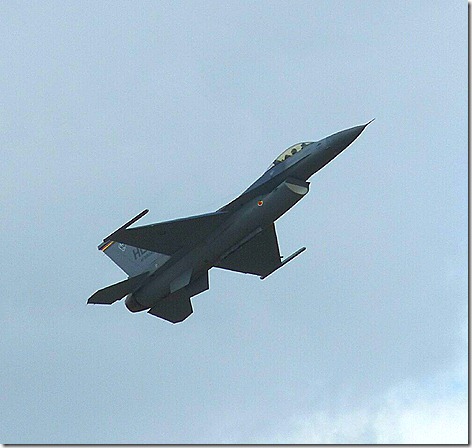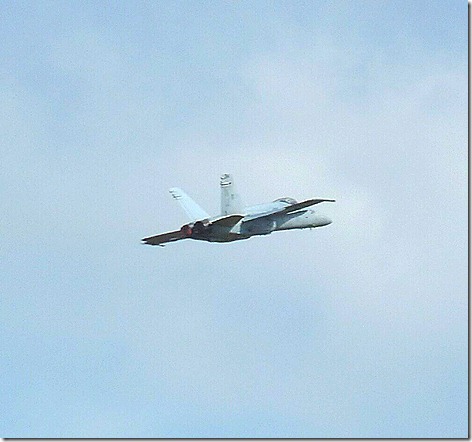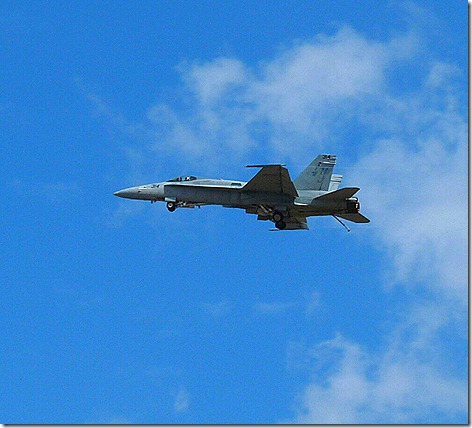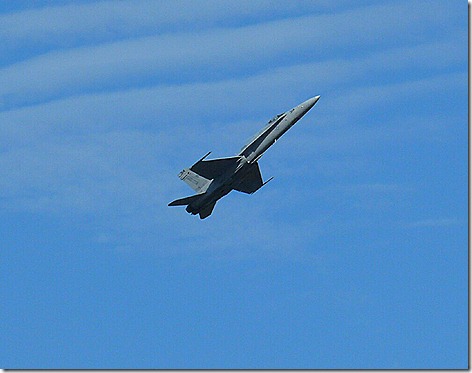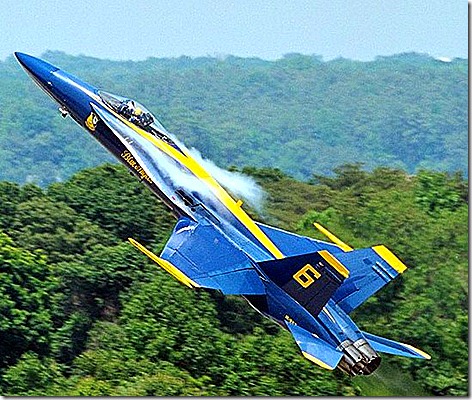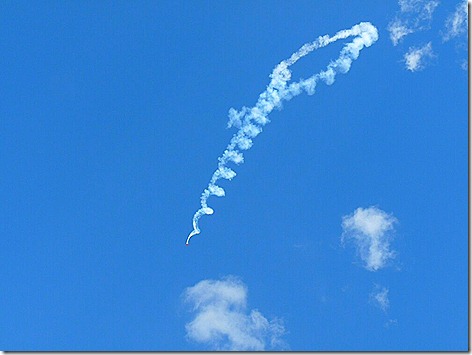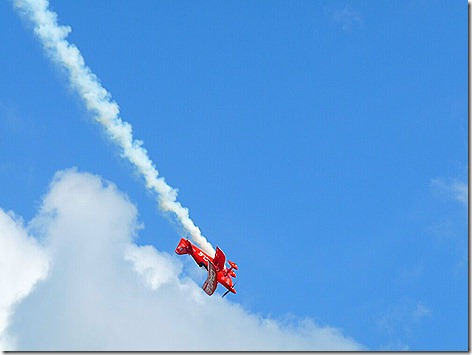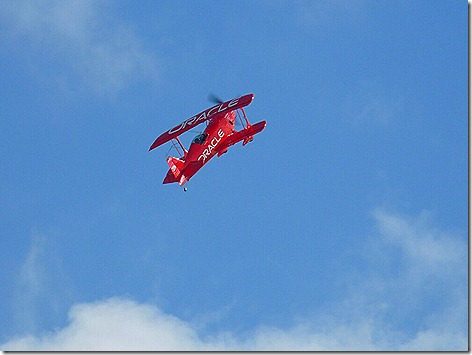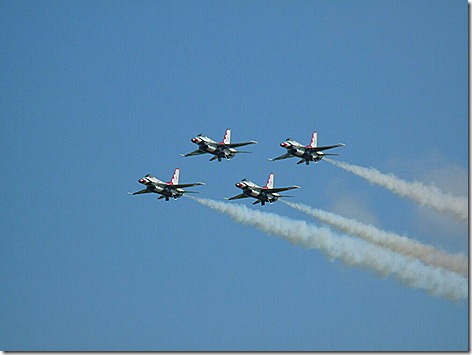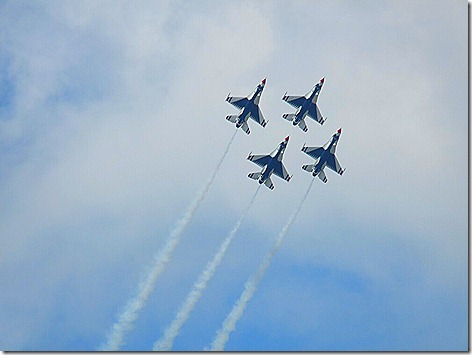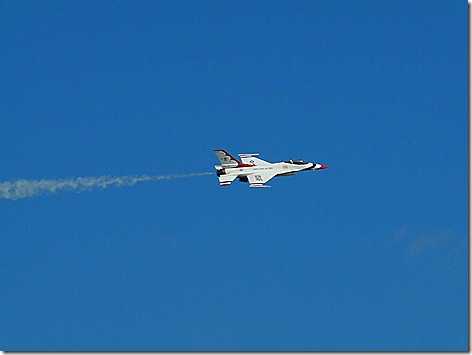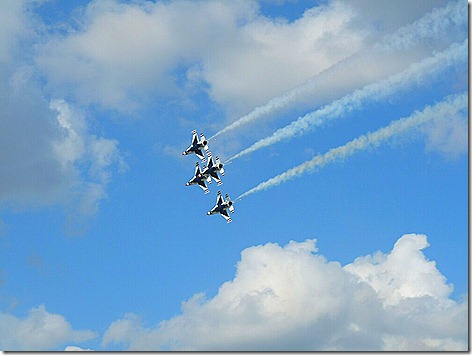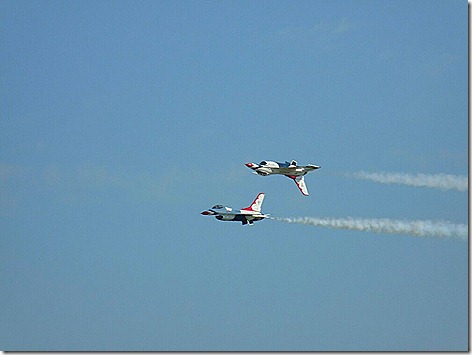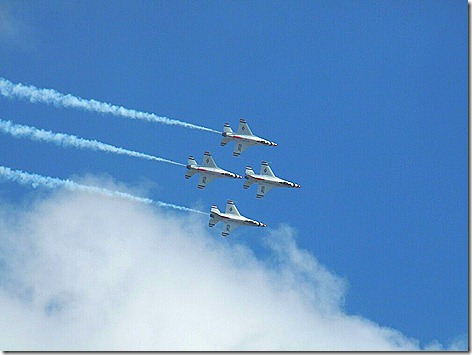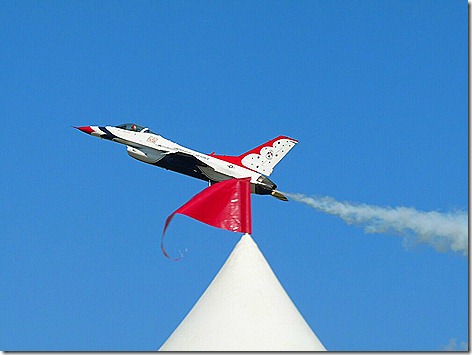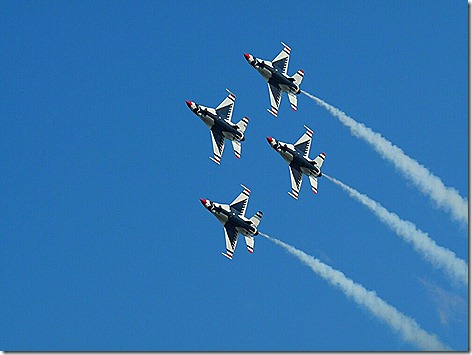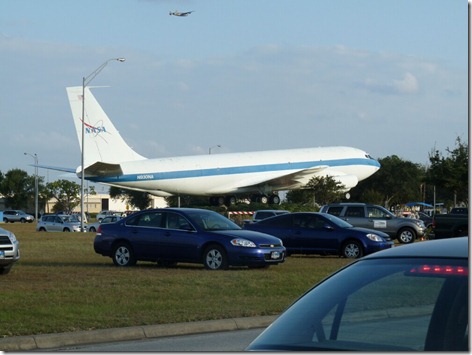Wind and Wings . . .
Brandi sent over a photo of Master Landon enjoying this weekend’s Oklahoma game. He’s certainly dressed for it. He looks like they just scored.
Although today, the 25th, is Jan’s birthday, the whole family got together Sunday night at King Food, our favorite local Chinese restaurant. We’ve been eating there for over 30 years, and we’re on our fourth owner. King Food has always been a place for our family get-togethers, in fact we normally all have dinner there on Christmas Eve. Of course, as usual, Jan hogs all the Landon time. But it is her birthday, after all.
As far as today goes, it’s been really windy here the last couple of days, with wind gusts in the 30’s. But today it got even worse, with gusts between 45 – 50 mph. Luckily the wind was coming right off the water head on to the rig, so it was not rocking the coach too much, but the small awnings were making so much noise I finally went out and let them in.
Today was a nice, laid-back day. We headed out about 3 pm for Jan’s 2nd birthday meal, this time just the two of us, at Chuy’s, a really good new Mexican place up in Webster. I had a cup of their Tortilla Soup, and then we split the Mex-Cobb Salad. A great meal.
Next it was on to Sam’s and then Wal-Mart for some supplies, and then home to the rig. Like I said, an easy day.
Now back to the rest of Saturday’s Wings over Houston Airshow.
One of the highlights was the demo flight of an F-16 Falcon, also known as a Viper.
With almost 30,000 pounds of thrust, the F-16’s positive thrust to weight ratio means it’s one of the few planes that can stand on its tail and accelerate straight up.
This photo shows the F-16 in a “High Alpha” pass. “High Alpha” stands for high angle of attack. In this mode the plane is moving horizontally at only about 100 mph. The engine thrust is the only thing keeping it in the air. If the engine were to quit, the plane would just fall.
It’s really amazing to see this plane come putt-putting by, and then lower the nose a little bit, pop the afterburners, and then accelerate straight up out of sight. I couldn’t even get my camera to change focus fast enough to track it as it climbed.
Next was a demo flight of the F/A-18 Hornet, the Navy’s do-it-all fighter/attack plane. It was designed to replace the aging F-14 Tomcat fighter, and the A-6 Intruder and A-7 Corsair II attack planes.
The F/A-18 was actually derived from the loser for the F-16 contract. But the Navy doesn’t like single engine planes flying over water, so they took the YF-17L, and from it, developed the F/A-18.
Here’s the F/A-18 Hornet doing a carrier landing configuration pass. Note that the tail hook is down.
And here it is doing its version of the “High Alpha” pass.
Of course, the Navy demonstration team, the Blue Angels, flies the F/A-18.
Finally, we had an F8F Bearcat / F/A-18 Heritage Flight illustrating the last of the Navy’s prop planes, and their latest jet.
The most amazing aerobatic demo of the day was from Sean Tucker and the Team Oracle biplane. Specially designed for aerobatics, the plane is built from Kevlar and carbon fiber, and weighs only 1200 pounds. Coupled with an engine of over 400 horsepower, the plane can do things that no other aerobatic plane can do.
This one is the “Corkscrew”
I told Jan that when I was flying we called some of these maneuvers ‘crashing’
This one is called the ‘Helicopter’. Although you can’t tell from this photo, the plane is just hanging on its prop, hovering in mid-air. The only thing that limits this is that the engine will eventually start to overheat due to lack of airflow.
Not much new can be said about the Thunderbirds, the Air Force’s demonstration team. I’ll let the photos speak for themselves.
One of the interesting displays at Ellington Field, not related to the airshow, is one of NASA’s two retired ‘Vomit Comets’. Built from KC-135 (Boeing 707’s) tankers, they were just two of the latest in a long line of “Weightless Wonders”, as NASA tried to call them. Of course everyone else called them ‘Vomit Comets”. The one here at Ellington was flown until 2000, and was also used in the filming of the movie “Apollo 13”.
The planes produce about 30 seconds of zero-gravity by flying a precise elliptic flight path that looks like this.
What you end up with is a series of arcs across the sky generating short bursts of zero-gee. It is estimated that the planes have flown over 58,000 parabolas.
The other KC-135 was retired in 2004 and now resides at the Pima Air & Space Museum in Tucson, AZ, where we saw it this past February.
That’s about it for today.
More tomorrow…
Thought for the Day:
"Your enemy is never a villain in his own eyes. Remember this, as it may offer a way to make him your friend. If not, you can kill him quickly and without hate." – Heinlein





